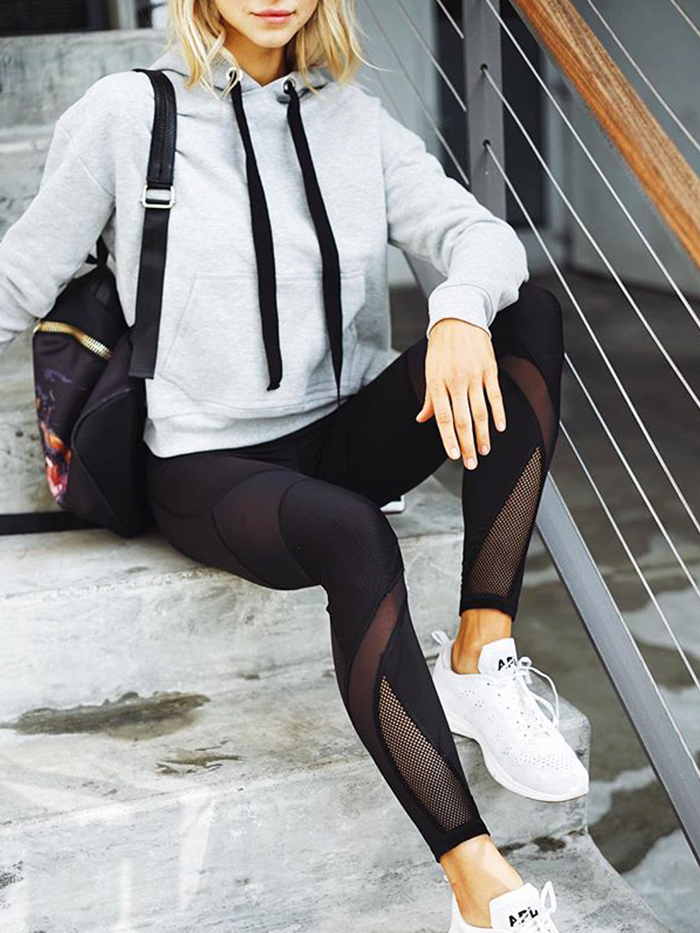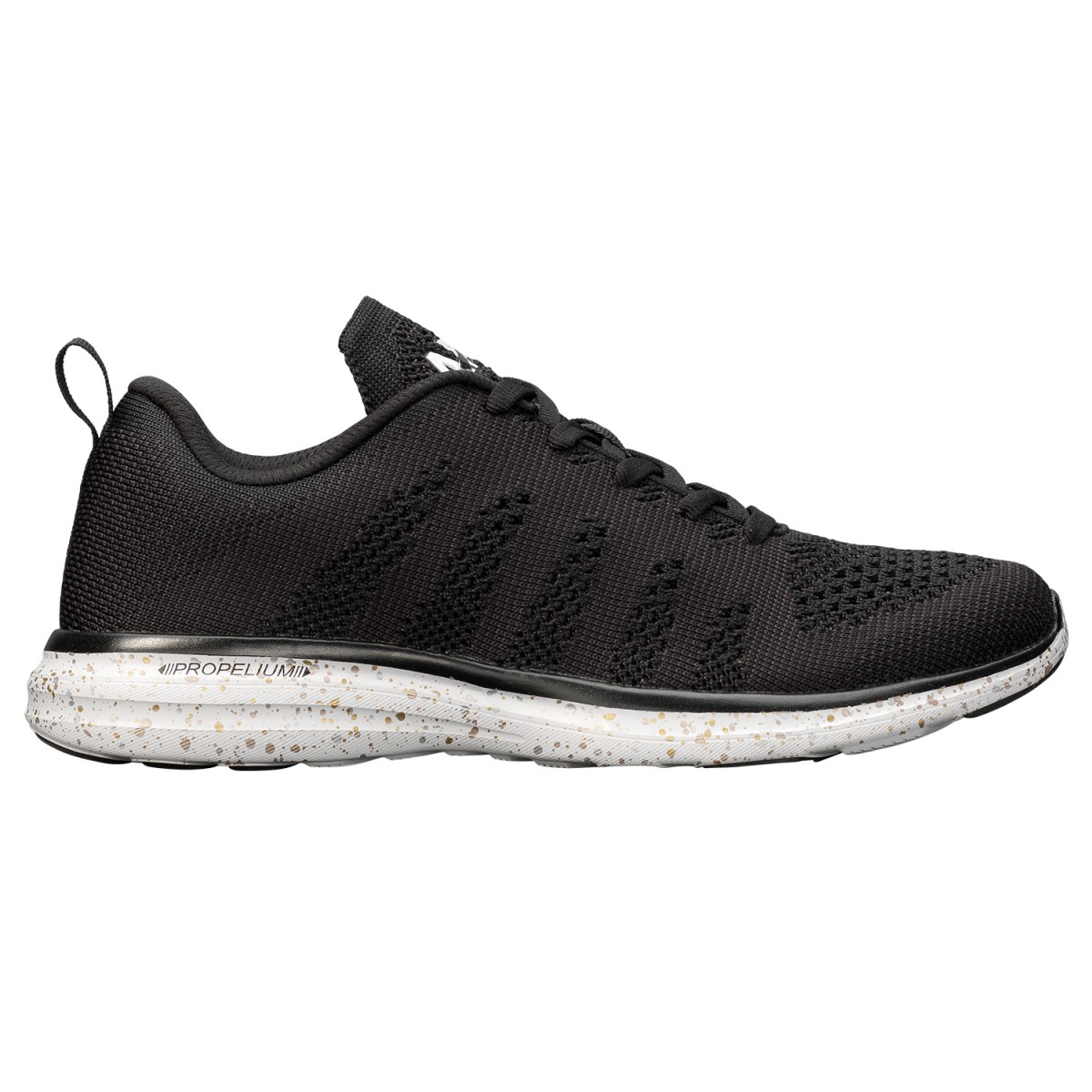PSA: You're Probably Wearing the Wrong Shoes to Your Workouts

To say the athleisure world has exploded in the past few years would be quite the understatement. People have admitted to owning more leggings than jeans, and stores like Bandier and Carbon38 are having a major moment. However, most athleisure trends focus on the ankle up. We see new sneaker drops all the time, but are consumers really paying attention?
I ask because while I’m delighted to see more and more people exercising and finding athletic routines that work for them, I constantly witness the same fitness faux pas. They show up to class in an awesome sports bra and-legging set, yet they’re wearing the wrong shoes. I know I’m not the only one who’s witnessed someone in a cardio-intensive workout wearing their go-to slip-on sneakers. I try to give these people the benefit of the doubt and assume that they just wore any old shoes because they weren’t sure what the workout would entail. But even after I get over the fact that they didn’t know we’d be doing burpees, jumping jacks, and high knees, I wonder: Do they know how much they’re damaging their body right now?
Proper footwear is paramount. You wouldn’t show up to a workout without a sports bra or a hair tie, would you? Right, because thats setting yourself up for failure. Well, while it may not seem glamorous or exciting, you should want to set your feet up for success too. Wearing the wrong shoes carries the potential for injury and long-term damage to your feet and legs—clearly nobody’s intention, right?
For more insight on this topic, I spoke with foot and ankle surgeon Bobby Pourziaee, DPM, and the team at Athletic Propulsion Labs, which designs some of the coolest workout shoes with your most intense workouts in mind. Keep reading to learn more about how to shop for gym shoes—and how your choice can ultimately affect your overall health.

We asked Pourziaee to explain what happens when you wear the wrong footwear to workout and the answer was pretty shocking. “Too much movement of the foot within the shoe can lead to overuse injuries such as tendonitis or plantar fasciitis,” he says. “Too tight of a shoe can lead to neuromas and contribute to pain of a bunion or hammertoe. Not enough shock absorption can lead to stress fractures.” He also explained that some of these issues can have long-term affects like scar tissue formation.
Fortunately, we received some good news too—this is all avoidable. Pourziaee recommends shopping for workout shoes at a specialty footwear store so that the knowledgable staff can help you find the perfect style for you. (Fun fact: It’s best to try on shoes at the end of the day when your feet are largest and to wear the socks you would wear to workout, he tells us.) Finally, he blew our minds with this piece of information—there should be no break-in period for new workout shoes; they should be a perfect fit the moment you try them on.
After learning what shoes we should be looking for, we thought it wise to better understand the difference between the two kinds of shoes we often see at the gym: running shoes and cross trainers. The team at Athletic Propulsion Labs explained that running shoes are best if you run, walk, or jog regularly, but if you’re someone who enjoys mixing up their workouts to include things like cardio, weightlifting, or HIIT training, it might be best to purchase a pair of cross trainers. While both are great options, they offer different kinds of protection to ensure that your feet remain supported and comfortable during a workout.
Regularly replacing your sneakers is also best practice, notes the APL team. If you’re a runner, try to replace your shoes about every 300 miles. If you enjoy other physical activities, try replacing your shoes every three to six months.
Still not sure which sneakers to purchase? If you like to do a multitude of exercises, you can’t go wrong with APL’s Techloom Pro and Techloom styles. They have a sleek design and are formulated to support your feet through all different types of workouts.
This article is provided for informational purposes only and is not intended to be used in the place of advice of your physician or other medical professionals. You should always consult with your doctor or healthcare provider first with any health-related questions.
